Cost-Effectiveness
Cost-effectiveness remains a crucial driver for the LED Lighting Market. The initial investment in LED technology may be higher than traditional lighting options; however, the long-term savings on energy bills and maintenance costs are substantial. LEDs have a lifespan of up to 25,000 hours, significantly reducing the frequency of replacements. In 2025, the total cost of ownership for LED lighting is expected to be 50% lower than that of conventional lighting solutions. This financial advantage is particularly appealing to commercial entities, where operational costs are closely monitored. As businesses seek to optimize their expenditures, the LED Lighting Market is likely to benefit from this trend, as more organizations recognize the value of investing in cost-effective lighting solutions.
Energy Efficiency Demand
The LED Lighting Market is experiencing a surge in demand for energy-efficient lighting solutions. As energy costs continue to rise, consumers and businesses alike are seeking alternatives that reduce electricity consumption. LEDs consume up to 75% less energy than traditional incandescent bulbs, which not only lowers utility bills but also contributes to a decrease in greenhouse gas emissions. This shift towards energy efficiency is further supported by various initiatives aimed at promoting sustainable practices. In 2023, the energy-efficient lighting segment accounted for approximately 60% of the overall lighting market, indicating a strong preference for LED technology. The growing awareness of energy conservation is likely to propel the LED Lighting Market forward, as more stakeholders recognize the long-term financial and environmental benefits of adopting LED solutions.
Environmental Regulations
The LED Lighting Market is significantly influenced by stringent environmental regulations aimed at reducing carbon footprints. Governments worldwide are implementing policies that encourage the adoption of energy-efficient lighting solutions, including LEDs. For instance, regulations that phase out incandescent bulbs and promote the use of energy-efficient alternatives are becoming more common. In 2025, it is projected that over 80% of new lighting installations will utilize LED technology, driven by these regulatory frameworks. Compliance with environmental standards not only fosters a sustainable approach but also enhances the market appeal of LED products. As regulations become more rigorous, manufacturers in the LED Lighting Market are likely to innovate and adapt, ensuring their products meet the evolving demands of both consumers and regulatory bodies.
Technological Innovations
Technological advancements play a pivotal role in shaping the LED Lighting Market. Innovations such as smart lighting systems, which integrate Internet of Things (IoT) capabilities, are becoming increasingly prevalent. These systems allow users to control lighting remotely, adjust brightness, and even change colors, enhancing user experience and energy management. The introduction of tunable white LEDs, which can adjust color temperature based on the time of day, is another notable development. In 2025, it is estimated that smart LED lighting will represent over 30% of the total LED market, reflecting a growing trend towards automation and connectivity. As technology continues to evolve, the LED Lighting Market is likely to witness further enhancements that improve efficiency and functionality, appealing to both residential and commercial sectors.
Consumer Awareness and Preferences
Consumer awareness regarding the benefits of LED lighting is rapidly increasing, driving growth in the LED Lighting Market. As individuals become more informed about energy efficiency, sustainability, and the advantages of LED technology, their preferences are shifting towards these solutions. Surveys indicate that over 70% of consumers now prefer LED lighting due to its longevity and reduced environmental impact. This heightened awareness is not only influencing residential purchases but also impacting commercial decisions, as businesses aim to align with consumer values. In 2025, it is anticipated that consumer-driven demand will account for a significant portion of the LED market, prompting manufacturers to focus on marketing strategies that highlight the benefits of LED products. The growing emphasis on sustainability and energy efficiency is likely to further solidify the position of LEDs in the lighting market.
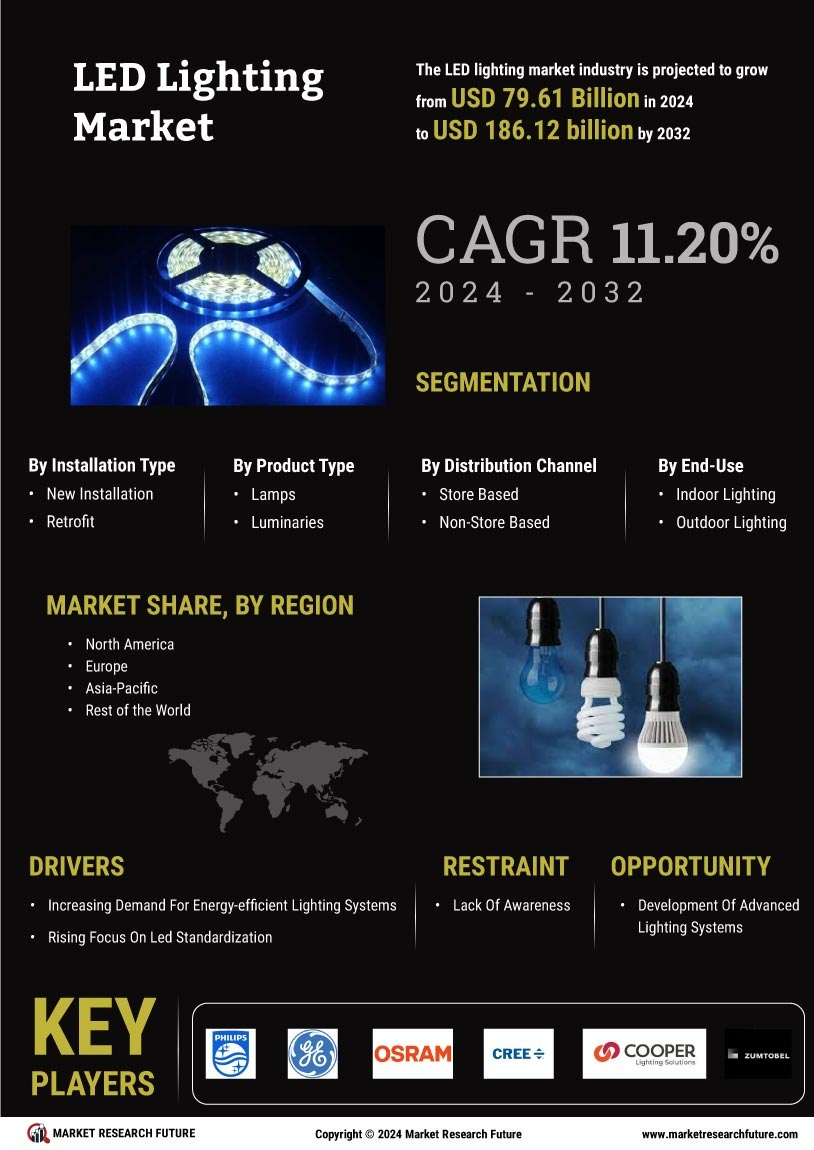
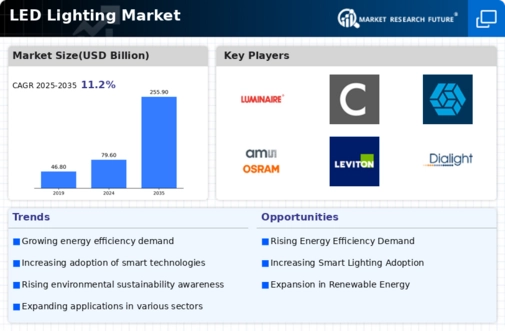
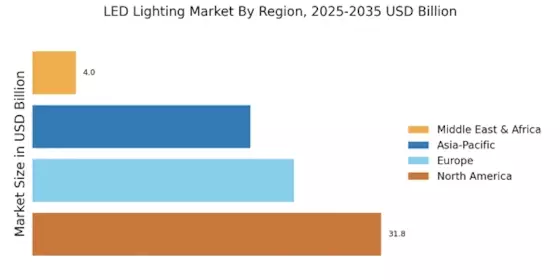
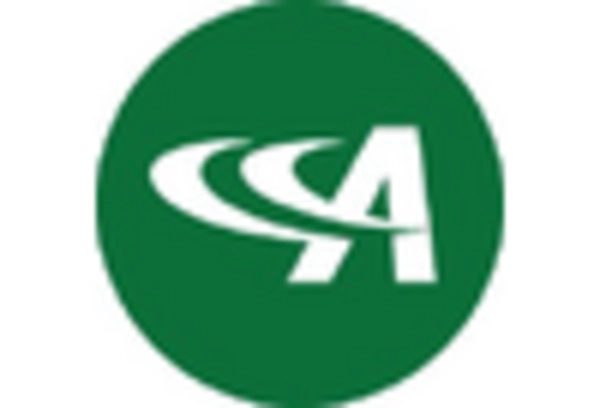
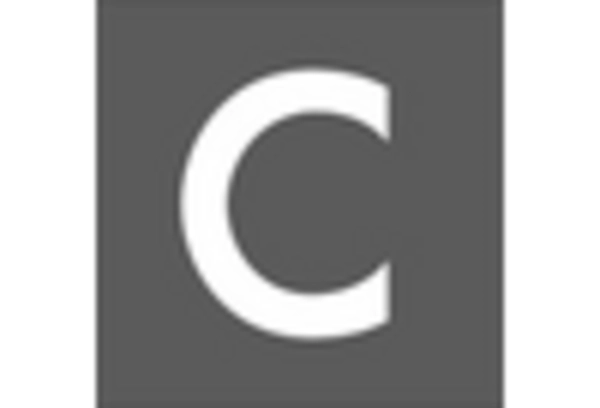
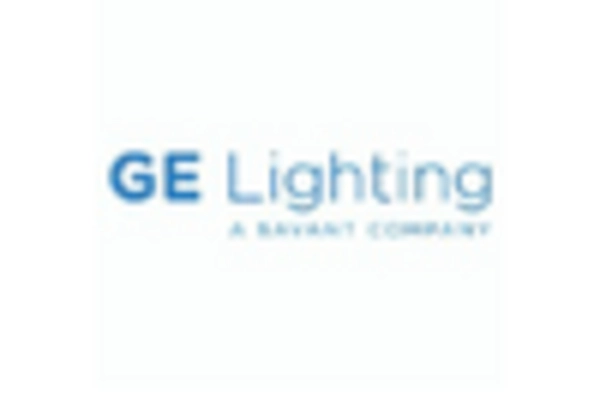
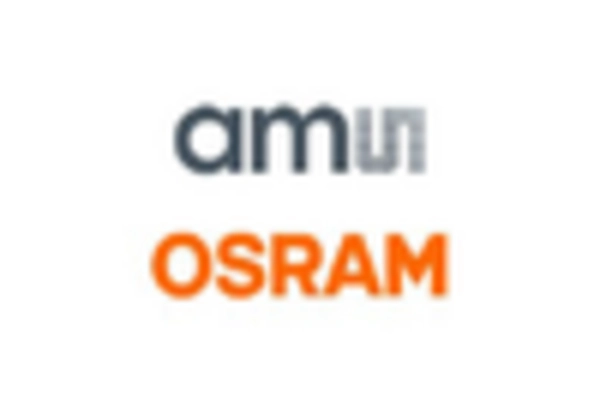
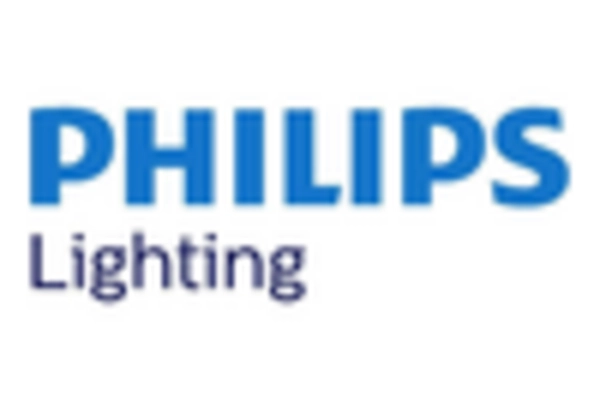









Leave a Comment